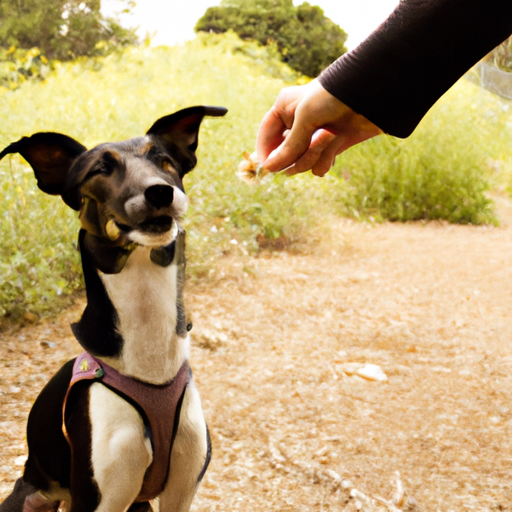Building a bond of trust with a dog involves patience, consistency, and understanding. If you’re a caregiver to a dog, whether it’s a new puppy or an older rescue, follow these eight steps to establish a strong, trusting relationship.
1. Understanding a Dog’s Needs
Understanding a dog’s needs is essential for building trust. Dogs, like humans, have both physical and emotional needs.
- Physical needs include food, water, exercise, and a safe, comfortable place to rest.
- Emotional needs involve companionship, mental stimulation, and a sense of safety and security.
Ensure you meet these needs consistently to create a strong foundation for trust.
2. Building Consistency
Dogs thrive on routine and consistency.
| Meal Times | Exercise Routine | Sleep Schedule |
|---|---|---|
| Regular, consistent meal times | Daily walks or play sessions | Consistent sleep patterns |
Consistency helps the dog understand what to expect from you, which builds trust over time.
3. Positive Reinforcement
Positive reinforcement is a powerful tool for building trust. Reward your dog for good behavior, such as following a command or behaving well during a vet visit. Rewards can be treats, toys, or praise.
- Keep a stash of treats handy for rewards.
- Praise the dog verbally when they behave well.
- Reward the dog with a short play session or a favorite toy.
4. Respectful Handling
Respectful handling is crucial in building trust. Avoid rough handling and instead, use gentle, reassuring touches.
- Pet your dog in places they enjoy, such as the chest or the base of the tail.
- Avoid petting areas that make them uncomfortable, like the top of the head or the paws.
- Always approach your dog from the side, not from above, to avoid intimidating them.
5. Training Sessions
Training sessions can be a great way to build trust, as they involve clear communication and rewards for good behavior.
- Use positive reinforcement during training sessions.
- Keep sessions short to avoid overwhelming the dog.
- Always end on a high note, with a successful command and a reward.
6. Socialization
Socializing your dog with other dogs and people can help build trust. It shows them that they are safe with you in different situations.
- Start socialization early, if possible.
- Introduce new people and animals gradually.
- Praise and reward the dog for calm, friendly behavior.
7. Patience
Building trust takes time. Be patient with your dog and give them space to adjust to you and their new surroundings.
- Don’t rush the bonding process.
- Allow the dog to approach you when they’re ready.
- Understand that trust-building is a process, not a one-time event.
8. Professional Help
If you’re struggling to build trust, don’t hesitate to seek professional help. A professional dog trainer or behaviorist can provide valuable insights and guidance.
FAQ
Q: How long does it take for a dog to trust a new caregiver?
A: It varies from dog to dog. Some may start showing trust within a few days, while others may take weeks or even months.
Q: I adopted an older dog. Can I still build trust?
A: Absolutely. While it might take longer, older dogs can still form strong bonds of trust with their caregivers.
Q: My dog is scared of me. What can I do?
A: Start by giving them space and making sure their basic needs are met. Use positive reinforcement to reward them for interacting with you. If your dog remains scared, consider seeking professional help.
Q: I’ve followed all these steps, but my dog still doesn’t trust me. What should I do?
A: Keep being consistent, patient, and loving. Trust takes time to build. If you’re still struggling, consider seeking help from a professional.
Remember, building trust with a dog is a journey that requires patience, understanding, and love. But the rewards of a strong, trusting relationship with your canine companion are well worth the effort.



